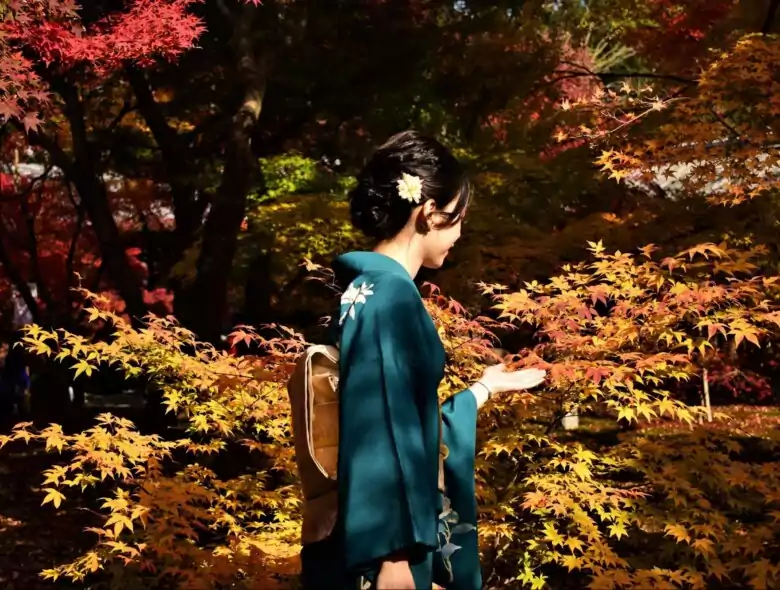History of Osaka
The history of Osaka dates back as far as 25,000 B.C., when stone tools were discovered in the stratum.
Did you know that 7,000 to 6,000 years ago, almost all of Osaka was an actual ocean?
Most of the area, including present-day Osaka City, was at the bottom of the sea at that time.
(Even today, fossils of whales and fish are sometimes found in Osaka City!)
Over a long period of time, the land was reclaimed naturally and by human hands, and the area took its present form.
Osaka, being such a city, has no shortage of historical stories due to its proximity to the capital of Kyoto!
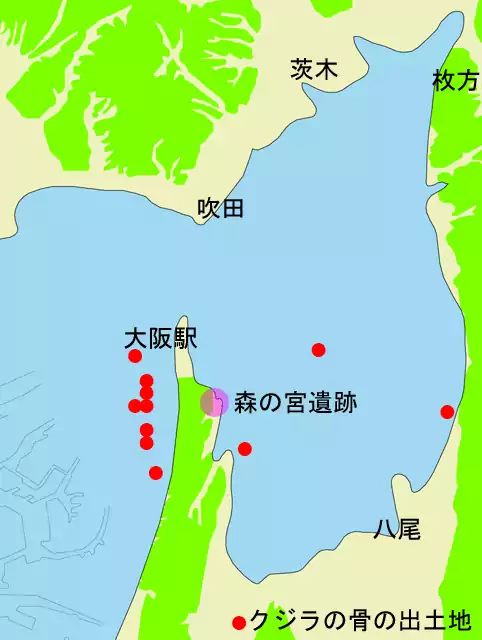
In terms of Japanese history, the period when Osaka was the capital (Miyako) was longer than that of Tokyo (Edo).
From 794, when the capital was relocated to Heian-kyo to 1868, when the emperor moved to the Imperial Palace, Osaka was the capital and its surroundings for approximately 1,000 years.
The capital and its surrounding area continued to be the capital for about 1000 years. (I am a Kansai native, so I am a Kansai fan.)
As you probably know, Osaka became known as the “kitchen of the nation” in the early Edo period after the reign of Toyotomi Hideyoshi. Sakai, which was a manufacturing town, became the Sakai-Senboku Waterfront Industrial Zone, and the remnants of the merchant town are still vibrant in the office districts of Umeda and Honmachi, where Osaka merchants from 2025 are still thriving!
Osaka, where many Namban people came to Japan to trade and spread Christianity, has now completed Kansai International Airport and continues to develop as a gateway to the world, but still retains the atmosphere of those days.
The Osaka Expo is scheduled to be held in 2025, and Osaka will continue to be the talk of the town for many years to come!
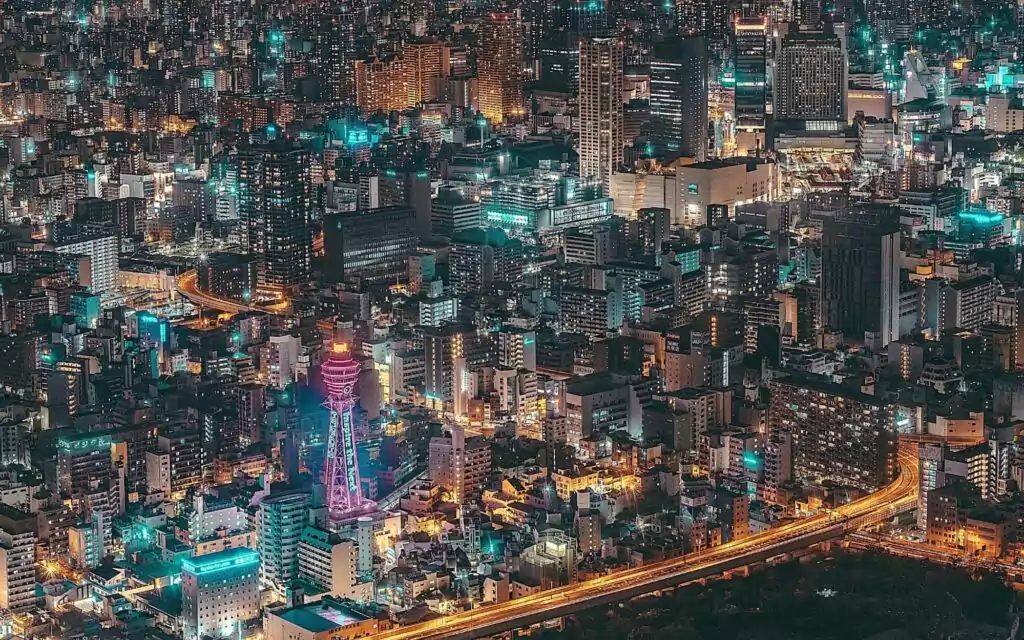
Features of Sakai City in the southern area of Osaka
Sakai City is the second largest ordinance-designated city in terms of both population and area after Osaka City. Sakai City is divided into seven wards: Sakai-ku, Naka-ku, Higashi-ku, Nishi-ku, Minami-ku, Kita-ku, and Mihara-ku. There are many large parks such as “Hamadera Park,” “Oizumi Ryokuchi,” and “Daisen Park,” which are rich in nature, and the city and various municipalities have strengthened security measures, so you can feel safe.
Sakai City has many large commercial facilities, making shopping convenient. Izumi City is an urban area with large commercial facilities, but also retains traditional nature and is called “Tokainaka,” which means a city where it is easy to raise children.
Access to Osaka City is a little inconvenient as Sakai City is only about 50 minutes to Umeda, Osaka, but it is an attractive area with beautifully zoned cityscapes.
In the past, many of Osaka’s prominent families used to live here, so even today, old houses and old streets still remain, and a calm and elegant atmosphere remains, a little different from the glamorous and bustling image of Osaka, but the emotional townscape is very attractive! In addition, public safety is maintained in accordance with the city’s goals, such as the “Traffic Safety City Declaration” and “City of Abolition of Violence.
The city is also making various efforts in raising children, and there are many elementary and junior high schools that focus not only on academic achievement but also on sports.
From “Izumifuchu” station on the JR Hanwa Line, you can reach Kansai International Airport in about 30 minutes, making it a convenient place for travel and business trips.
Recently, large commercial complexes such as “Costco” and “LaLaport Izumi” have been built, and there are many shopping facilities. Because it is far from the city center, rent is relatively inexpensive and there are many recommended properties (village houses) available!
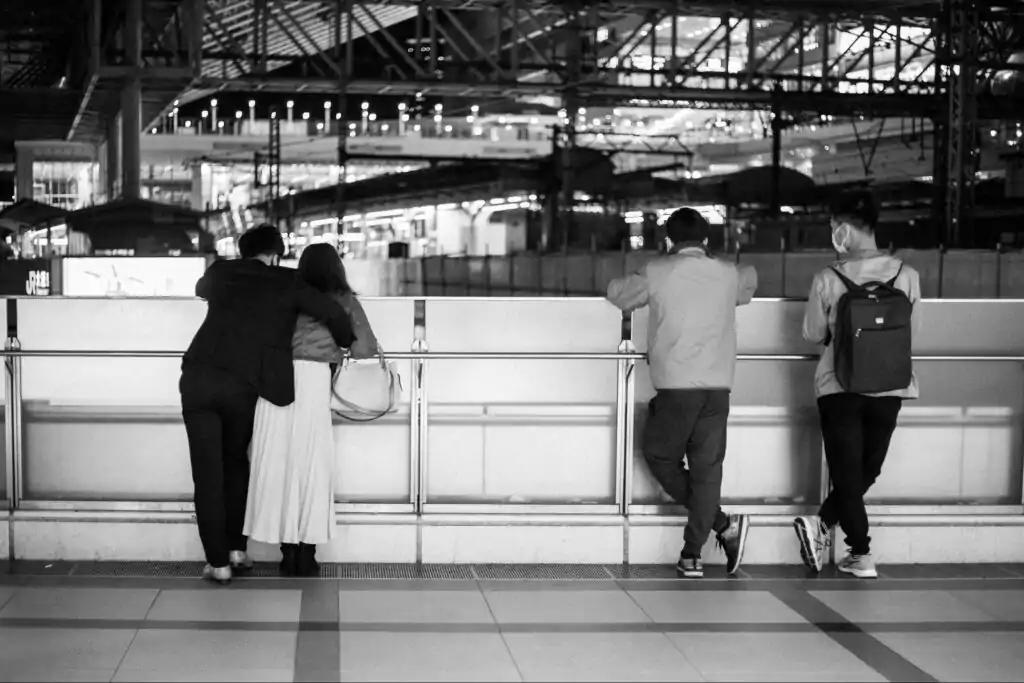
Gourmet food in the Osaka South area
The southern Osaka area (Sakai, Kishiwada, Kansai Airport) is known for okonomiyaki, kushi-age (deep fried skewers), udon noodles, fried gacho (fried fish cake), pickled eggplant, local sake, and local ramune (rice wine).
Chirimen (dried sea food) is also very tasty and has become a representative product of Kishiwada, well-loved by local residents and tourists alike.
The Sakai area has long been popular for its wagashi (Japanese sweets), and is famous for its traditional-flavored monaka and mochi (rice cakes), and is also well known for its kelp processing, which supports Osaka’s dashi culture.
The kasu udon we introduced is made by slowly frying the small intestine of beef in oil to remove excess fat and water. The surface is crispy, while the inside is soft and chewy, with the umami of the meat concentrated and rich. In Osaka, it is widely eaten as an ingredient in okonomiyaki, takoyaki, yakisoba, and motsu nabe.
It is eaten in the southern region of Osaka and is the one and only thing that adds a unique flavor and umami to dishes, especially with udon👍.
Gacho is a 10-20 cm long fish commonly caught in Osaka Bay, and several species of fish such as the Japanese common squid are collectively called gacho, which is a name given to the fish in the Senshu area because they cling on to their bait.
A typical dish of gacho is karaage (fried fish), which has been popular as a snack since olden times and is now a specialty of the southern Osaka area. Its savory and crunchy texture makes it a perfect snack to accompany alcoholic drinks, and because it is deep-fried, even the bones can be eaten whole, making it a popular snack for children as well.
Finally, mizu nasu is a specialty of the Senshu area in southern Osaka and is called Senshu mizu nasu.
It has a thin, sweet skin and is so fresh that it can be eaten raw, but it is such a delicate vegetable that it can be damaged if its leaves are shaken by the wind and rubbed against the eggplant. It is also a popular eggplant as a gift and souvenir as well as a pickle throughout Japan. Please try it for yourself!
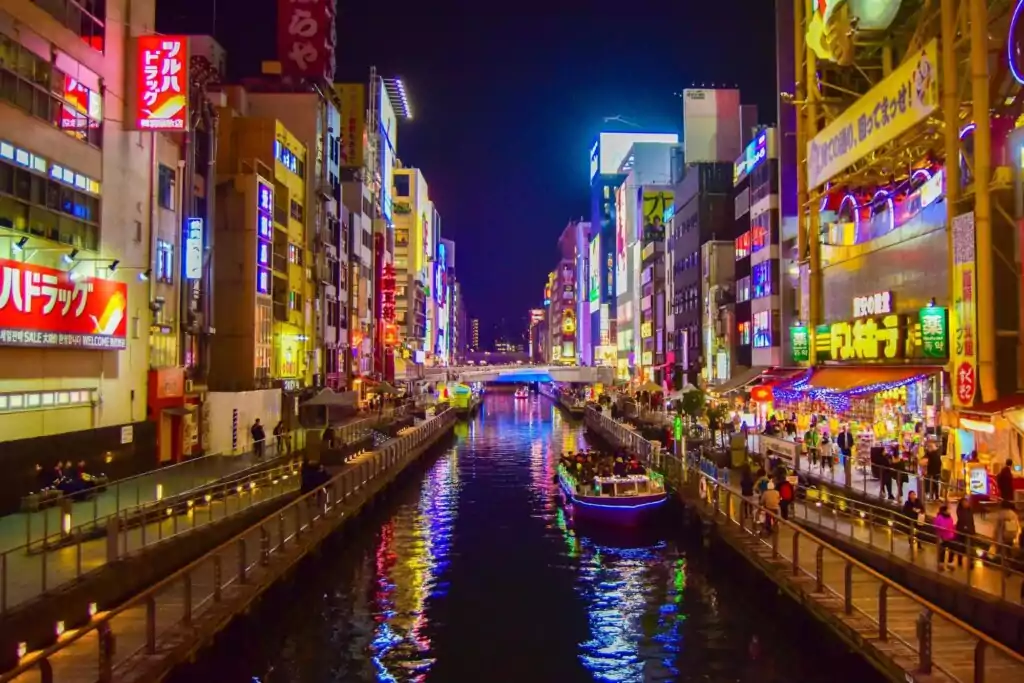
Osaka area’s future
Osaka, the second largest inbound market after Tokyo, is experiencing strong growth in the number of foreign visitors. The number of foreign visitors is expected to increase in the future due to the increase in international flights, new air routes, and the recent depreciation of the Japanese yen. The consumption behavior of foreign visitors in Japan is expected to have a positive impact on the Japanese economy, especially in Osaka. In 2025, the Osaka Expo is scheduled to be held on Yumeshima, a man-made island in Osaka Bay, and 155 hectares of the 390 hectares (about 100 times the size of Koshien Park) are planned as the site of the Expo.
For foreign residents, Japan is often associated with Tokyo and Mt. Fuji, so this is the perfect opportunity to introduce Osaka as a great city. In addition, with the demand for inbound travel, new public transportation systems are being developed within Osaka City and the prefecture. The Osaka Monorail is scheduled to open in 2029, and a project to extend the line and build a new station area is underway.
The Osaka Monorail operates two lines: the main line (21.2 km) from Osaka Airport to Kadoma City via Senri-Chuo, and the Saito line (6.8 km) from Banpaku-Kinen-Koen to Saito-Nishi, which branches off to the north.
The combined distance of both lines is 28 km, the longest monorail in Japan, and was once recognized by Guinness World Records as the longest operating distance in the world.
In 2029, the plan is to extend the line approximately 8.9 km southward from Kadoma, the eastern terminus.
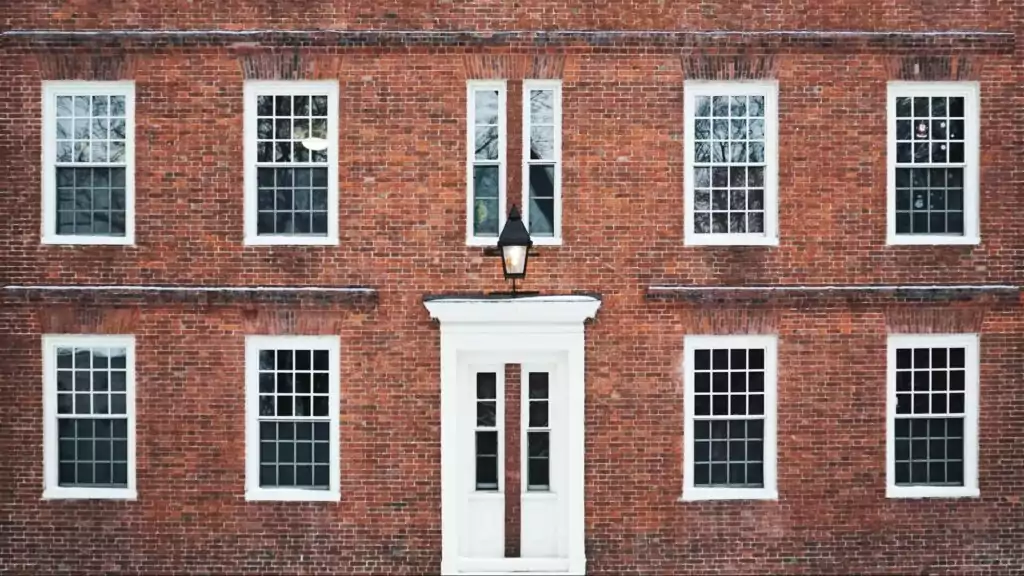
In 2020, the company name will be changed from Osaka Rapid Transit to Osaka Monorail to commemorate the 30th anniversary of its opening.
The area around the Expo ’70 Commemorative Park Station is home to EXPOCITY, a large complex, and Panasonic Stadium Suita, home of the J-League team Gamba Osaka. The line has a wide range of users, including commuters, daily shoppers, and airport access.
If the extension opens in 2029, it will be the first time in 32 years on the main line. The extension will bring the total number of connections to 10 lines, and the rush to extend and open rail lines is expected to continue in Osaka in the future.
The Kita-Osaka Express Line, which connects directly with the Midosuji Subway Line, will be extended northward, opening at the end of FY2023 for a distance of approximately 2.5 km between Senri-Chuo and Mino-Kayano. The Minoh Senba Osaka University Station, a stop along the way, already has the Osaka University Minoh Campus, the Minoh Senba Library, and the Municipal Cultural and Performing Arts Theatre open.
There are also plans to extend the Osaka Metro Chuo Line to Yumeshima, where the venue will be located for the 2025 Osaka-Kansai Expo, and it is expected that the extension of the line in Osaka will continue to expand convenience and make the city more livable.
There are 29 Village Houses in the Osaka area, including a high-rise property with EV in the Osaka South area, so please check the property information whether you live in Osaka or are relocating from outside the prefecture.


